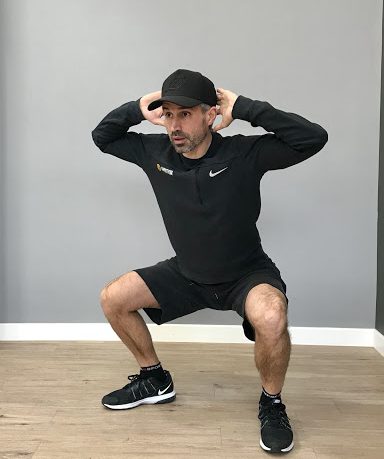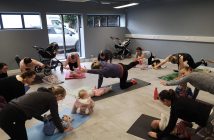Personal trainer Raúl Romero talks squats and just how transformational they can be.
For years, squats have been a firm favourite of trainers to work out the lower body. They can have a whole array of benefits that can truly be transformational if performed correctly and consistently. So what exactly are those benefits?
1. Strengthening and toning the muscles
Squats predominantly work our lower bodies, specifically the quadriceps and glutes. The position of the knees in particular, when bent to a 90 degree angle or lower, helps activate these muscle groups effectively. They also work the abductors, adductors, hamstrings and calves. To top it off, they engage our core muscles with stabilising the body during the movement. They really are a win win in terms of versatility in engaging so many muscles.
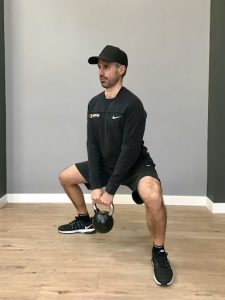
2. Burning calories and losing weight.
This is probably one of the most common goals I hear from my clients and squats are a great way to help make this happen. Squats, used as a strength exercise, can be an important part of any successful weight loss plan. Regular strength training helps increase our metabolism and can decrease body fat. The great thing is that squats work so many muscles simultaneously. This ensures an extra boost of calorie burning and increase of
anabolic hormone production, which is one of the main hormones that help lose fat and build muscle.
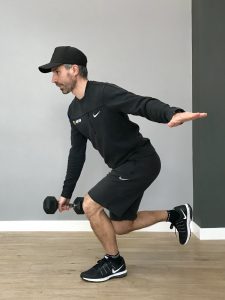
3. Reduced risk of injury.
Squat movements strengthen the tendons, bones and ligaments around the leg muscles, and can help take some of the load off our knees and ankles, thus helping to reduce the risk of injury. Of course, once we lose weight (which again can be accelerated by incorporating squats into our workouts), there is a lower load on our joints which in turn also helps to reduce the risk of injury.
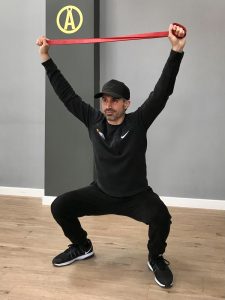
To reap all of these benefits, how can we perform the perfect squat?
- Stand up straight with your feet shoulder-width apart and your chest facing forward.
- Bend the knees and hips, sticking your bottom out as if you're sitting down on a chair.
- Squat down until your thighs are parallel to the floor. Then squat a bit lower so your hips are below parallel. Your knees from above should be behind your toes.
- Pause for a second. Your back should be straight, not curved at all.
- Press into your heels and straighten your legs to return to the upright, standing position.
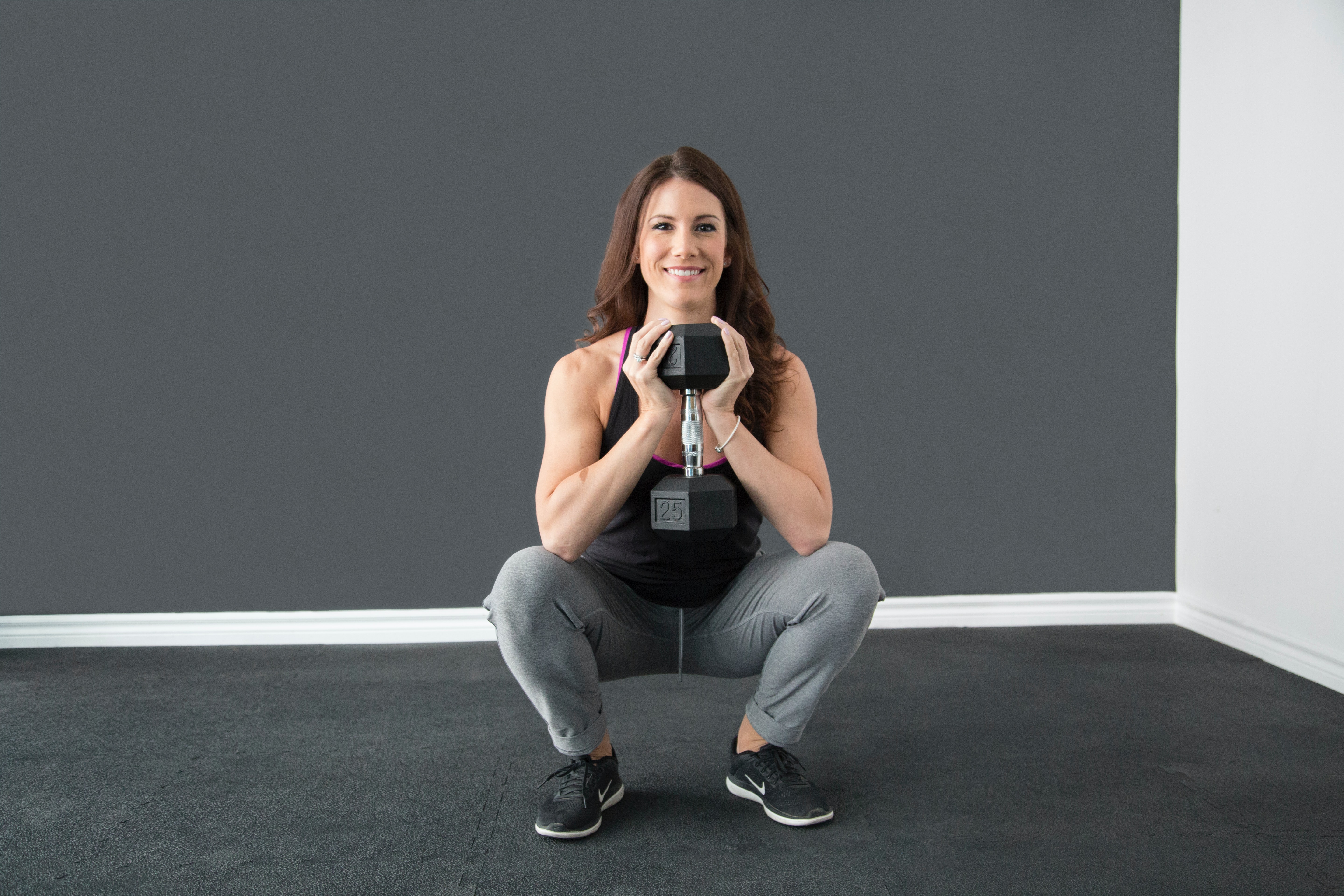
For more detailed instructions and to check your technique it’s always best to contact a qualified personal trainer in order to avoid injury from incorrect technique.
Variations
Variety is the spice of life. There are a whole range of different types of squats that can be incorporated into workouts to help keep them fun and varied. It’s so easy to get bored of always performing the same old exercises so adding variety to our workouts will really help with maintaining motivation and not getting bored and giving up. Different squats also target the muscles slightly differently, for example squatting with the legs further apart works the inner thighs and glutes a little more than the quads.
If a squat variation includes an upper-body movement, like an overhead press, our upper bodies will then also be worked (in this case some shoulder and arm work).
Squat variations that include plyometrics, like a jump, can increase our heart rate quickly, making them great for combining cardio training as well as lower body strength training.
Equipment can be used to vary squat workouts, such as dumbbells, kettlebells, barbells and resistance bands.
My clients’ firm squat favourites are: sumo squats, single leg squats, prisoner squats, front squats, squat pulses, squat jumps, narrow squats and overhead squats. There are many more to choose from and enjoy in your workouts.
For more information on squats, squat techniques or anything else fitness related, contact Raul at raul@ambitionpt.co.uk or via social media. Happy squatting!

